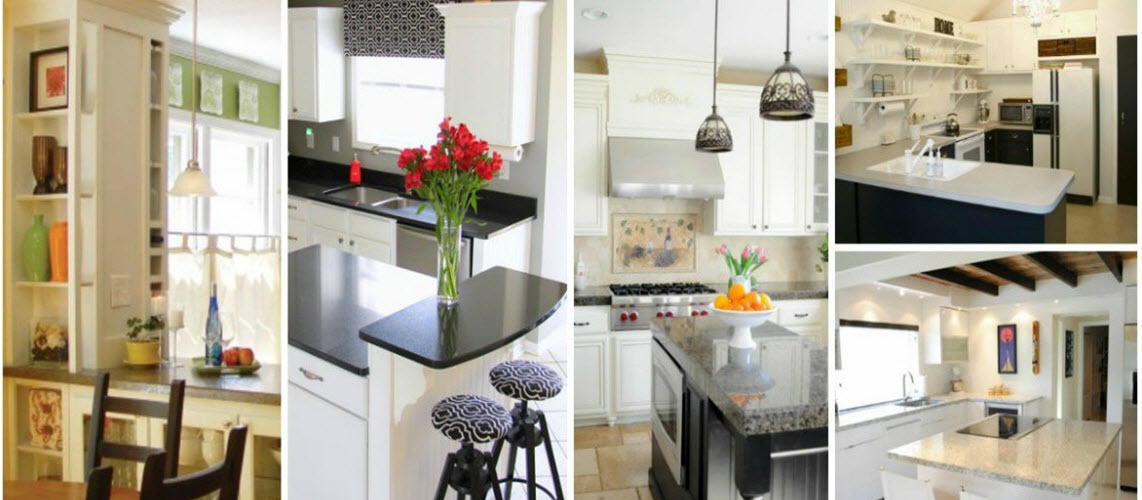The great thing about fashionable walls reminiscent of drywalls (often known as wallboard, gypsum board, or Sheetrock) is that even should you get holes in them, fixing or patching these walls is easy. When a crack seems, it is usually on a seam where two drywall sheets meet, and it is simply mounted. Then apply some more drywall compound to utterly cover the tape. The important thing to renewing the energy of the nook is to take away all loose tape and drywall compound (Photo 1). If the drywall below has crumbled, cut it away along with your utility knife and fill the hole with setting compound.
As an prolonged service, we provide professional painting providers to get your property or building trying high-notch after drywall repairs. Have the required instruments for this how you can repair drywall DIY venture lined up earlier than you start—you may save time and frustration. Outer drywall corners are reinforced with metallic or plastic edging, referred to as corner bead.
To use the patch, just clear the wall surface and sand it to offer the surface slightly ‘tooth.’ Then stick the patch over the outlet and cover it with two or three skinny layers of joint compound. Even a bit of scrap drywall will work, so long as it has straight edges. For small holes, like those created by a doorknob, a patch package could also be used. The most typical sort of drywall restore actually doesn’t require a patch.
It is easier to add backer board than to attempt to minimize the drywall over studs (Picture 2) as you learn to repair drywall. Apply a coat of compound and tape to each joint (Picture three). Skinny the compound a bit with water to assist embed the tape. Wear protective clothing, work gloves, goggles and a mud mask when working with drywall. It is best to do a repair with three or 4 thin coats of compound-if attainable leaving sanding for simply the final coat.
If water damage has precipitated a drywall ceiling to sag, reattach it alongside the seam by pressing up and nailing the drywall to the joist. Although the drywall is rarely in danger of falling off the wall, the bumps are visible and unsightly. Use a pair of C-clamps to lock the backing board to the encompassing drywall. Though this bead is damage-resistant, a pointy knock can cause the drywall compound that covers it to crack or chip off, and a robust enough shock can dent or bend the corner bead.
